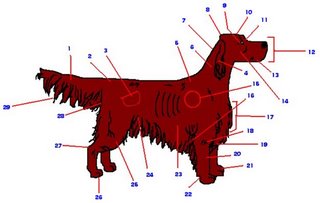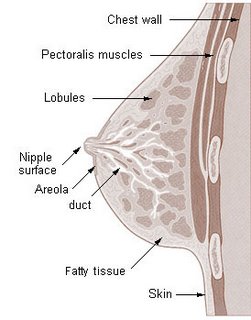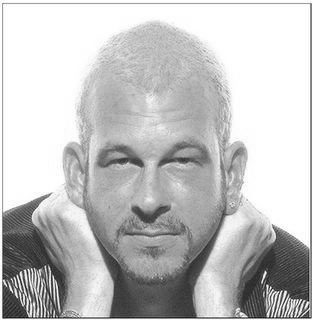
The basic melodic arc, the chords, the hook lyrics and some verse lyrics all arrive in the first 2 hour session. The song is called "I Could Try", a wry pun on the title of my 1998 song "I Could Cry". It's so kool LA circa 1966 that it's not even Brian Wilson-ey, it's downright Bacharach-like.
In the second session on th' second night the thing is fleshed out, and I write th' rest of the lyrics. It's a very innocent song and sits very neatly alongside "Maybe Next Time" and "Monday Wedding", but it's going to be much more harmonically sophisticated and more layered. Not layered like a Wrecking Crew thing, but sprinkled with little pointillist touches all over the place. Indulging in the Bacharach spirit of the thing, I write a little instrumental middle instead of a middle eight. It's a series of major seven chords moving I-IV, i.e. A major 7 to D major 7 to C to F to D to F# minor to Bdim/F to D/E. Absolutely crazy.
In the spirit of the thing this section will feature a trumpet or french horn melody line. It will happen twice and the second time the five-note theme will be answered by another lead instrument. Probably clean, fast- leslied guitar. That's What King Radio Would Do.
The lyric is a trifle, but that's exactly what's called for. This is your basic walkin' through the park sort of song. It's very bouncy in that timpani-and-banjo kind of Pet Sounds way and it's going to be pretty enough that the lyrics don't want to be all cosmic. To say as little as possible; to draw a mood and establish an emotional premise. The hook lyric has a nice 1-and-2-and-fast bounce to it and that's what has to be positioned at the top of the whole pyramid.
Now: the structure. The structure is fucking
crucial. It's
always crucial. I put more work into this than any other aspect of a song. It's easy to bang something out but the
structure is always what makes a good song great. Listen to the structure of "Season Cycle" from
Skylarking. Listen to the structure of "Go All The Way" by Th' Raspberries. "Waterloo Sunset". Joe Jackson's "A Slow Song". The Pretenders' "Kid". Sorry, but Neil Diamond is a master of structure. Nirvana had some fantastic structures. The structure is the difference between effective and devastating. The Beatles had some sorry-ass structures, compadre. Listen to "From Me To You"! Woah! But they are of course the biggest structure geniuses of all. I mean, if some of your best god damn records have people laughing and fucking up lyrics and voices cracking, you're going to have a duff structure here and there. Then you're going to come up with the brilliant structure of "Can't Buy Me Love" and "Help" and "The Word" (!) and god knows "Strawberry Fields". My song "I Could Cry" had a magnificent structure, like a cathedral.
This is the time when I step away from musical things and just
think the song to myself. I'll do it for a couple of days. It's not like th' fucking Grammys are staring me down, you know? Ain't going to be anybody laughing on
this recording. If I'm driving I'll turn the music off and think the thing out. Massage it. One of the things I do is to reharmonize things very subtly in a tune, as it gets into the last third. It's an almost subliminal way of
lifting a tune that's starting to get geriatric. I can think of reharmonizations best when I'm away from instruments and if they stick I can usually implement them. This is where the piano is invaluable. I reduce chords to root-5th-added tone and let single notes move to
imply a little something different under the melody while still moving in the same direction as the original chord sequence.
Far away from any piano or guitar it hits me: a whole-step modulation up for the last chorus and a little tension-creating game to get there. I'll do the first bar of the last chorus in the home key and make it stutter into a reiteration in the new key so the last chorus
soars when it kicks in
. At least that's the idea. That is fully Dionne Warwick right there.
On the third night I track a Rhodes/vocal/drumloop of the thing top-to-bottom. It sounds too much like my song "Maybe Next Time", but it's just the groove. Part of it is I'm using th' drum loop from "Maybe Next Time", chrissake.
This necesitates some big decision making and I spend a couple of hours in my loop library. I listen to some of my favorite places for ripping drum loops: James Brown, Michael Penn, anything where Jim Keltner is soloed up or Ringo is soloed up. Does he solo up on "Flying"? That would be a
prime loop. No, there's that tremoloed guitar. A deep shame. Where does Ringo solo up? The break in "Birthday"- I think that's McCartney. The solo on Abbey Road. Useless. I make a note to myself to make a loop sometime of the break on "Back In The USSR"- "...back in the US...back in the US...back in the US...back in the US..." it ends up in like 10/4 time or something.
Charlie from th' Stones is great but he never solos up either.
So I'm left with three or four alternatives to ponder as I enter the recording process: real drums, which are almost always best but a royal hassle, a good loop or several, or typed-in drums or drum machines.
I'm leaning towards recording real drums and cutting
them into loops.










